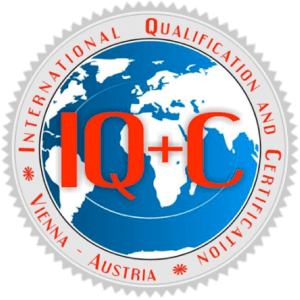When it comes to Interpreting Assessment, the job description is straightforward: communicate information to and from the source and target languages without making any mistakes, omissions, or additions while maintaining the style and cultural characteristics of the original message—an interpretation assessment skills in a variety of scenarios and language combinations.
Interpretation, or the spoken transmission of information from one language to another, requires considerably more than simply the ability to communicate in two languages. It is necessary to communicate with a high degree of precision and competence to act professionally.
Our methodology asks the applicants to execute sequential interpretation between two speakers, and they are graded on both the linguistic components and the overall correctness of the interpretation. Because complete fluency in the language pair is a fundamental criterion for interpretation, applicants are first tested in their non-native language utilizing the Speaking and Listening Assessment.
It is possible to do an interpretation assessment in a real-time style over the phone. It will be necessary for your candidate to be linked with two evaluators who will act in the roles of the speakers in the interpretation script and who will rate your candidate’s performance. Once your interpreter’s account has been set up. You will be confirmed the testing day and time and a phone number for your candidate to call to be connected with their assessors.
In addition, Translation Assessment may build a customized translation exam for your business based on sample paperwork that your applicants will be dealing with on the job. It is necessary to translate many texts from one language into another for each exam to pass the test. Because the examinations may be conducted as required by your administrators and on your premises, you can check your applicants’ translation abilities whenever it is most convenient for your company.
The Translation Assessment is graded using a scoring system, which we developed. It is the evaluator’s decision whether or not to award a passing grade on the exam based on how well the candidate has comprehended and maintained the meaning of the original message, as well as how well they have used the mechanics of the target language, such as grammar, vocabulary, and spelling, during the exam.
Being able to write fluently in both languages is a necessity for translation. In addition to human interaction, computer tools are often used to check for spelling and grammatical problems, formatting and punctuation issues, repetitive words, unnecessary spaces, suitable terminology, and any contradictions in the text.
Recently, the field of translation assessment studies has seen a substantial increase in the significance of translation quality evaluation, which has progressively gained momentum. A complete and current approach to reviewing translated work is taken in this method. Moreover, it establishes criteria for determining the worth of a translated work and reinforces the notion that translation is, at its core, a language process.





Leave A Comment